National Tree Week, Chapter 1: Playing the Role of Large Herbivores
In honour of National Tree Week 2022, Rich-Fenn-Griffin, Loughborough University’s arborist has written a guest blog for us…
The University has many little corners that people pass by daily without thinking ‘what is in there?’ One such place is Brockington Wildlife Area, which is situated opposite the cricket on the East Park Link Road. This tiny slither of land provides a semi-managed area where nature can find a foothold in the otherwise urban landscape of East Park. The area boasts a meadow, some scrub, a hedge and a small woodland area.
Managing these areas can be challenging for the Gardens Team as they’re often at the bottom of our priority list. Thankfully our students present a ready source of labour through Student Action Volunteering to keep on top of places like Brockington.
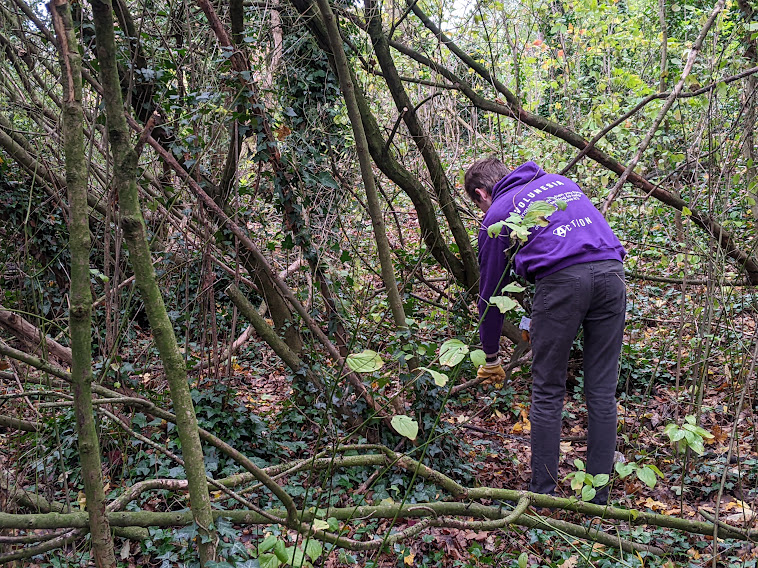
So, what have the students been doing in Brockington?
Nature, in the absence of large herbivores, tends to revert most land to woodland. This isn’t particularly great for biodiversity as one habitat has less species than multiple habitats. This means that, unmanaged, the meadow area at Brockington would become scrub and eventually woodland. To prevent this from happening some of the student work parties were uprooting self-set tree saplings in the meadow area whilst another student cut back the encroaching bramble edges of the woodland. In order to develop the species richness of the meadow, another pair of students scarified the ground and spread wildflower seeds. Some of these seeds are yellow rattle (Rhinanthus minor) which is a wildflower that is semi-parasitic of grasses. These beautiful yellow flowers will weaken the grass and create a more open structure that favours more wildflowers colonising the area. Hopefully, this will provide a rich source of pollen and nectar for pollinators like butterflies and bumblebees, in this urban area.
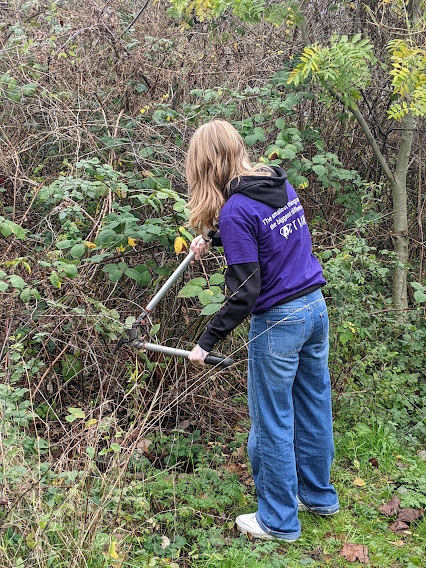
The woodland section also received some management. Last year’s student action group coppiced the hazels in the woodland’s understory, and this has encouraged a more diverse range of flowers to appear on the woodland floor. Gap formation in the canopy is a normal part of woodland ecology. If gaps don’t form, then the woodland floor tends to be colonised by a handful of shade tolerant species. In natural systems, gaps would be created by trees dying through a variety of causes (not least large herbivore damage) and causing them to die. This means light pours down to the woodland floor and encourages lots of light loving species to grow. This window lasts for as long as the gap, with shade tolerant plants returning as the gap fills in. Our students were playing the role of the large herbivores by cutting and damaging woody material and thereby opening gaps in the canopy. The woody material is simply left on the floor as many organisms will feed on it as it breaks down.
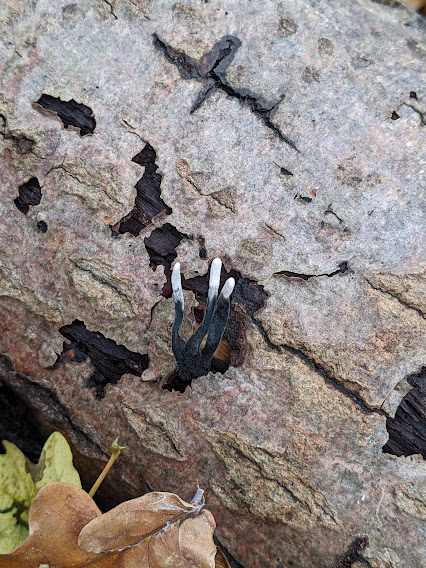
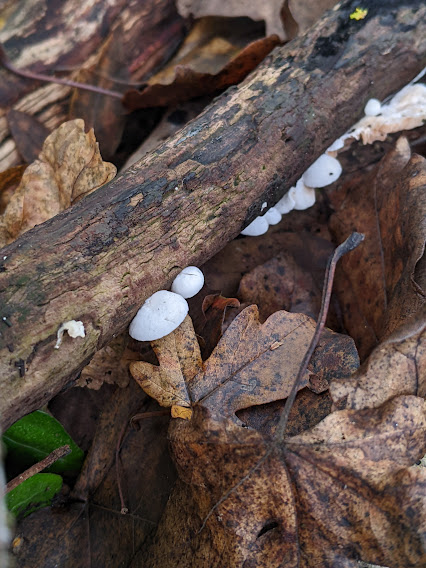
During our short visit, I spotted some candle-snuff fungus and these oysterling mushrooms in a deadwood pile. Also present was a slime-mould – this is often misidentified as a fungus, but it is actually a very different group.
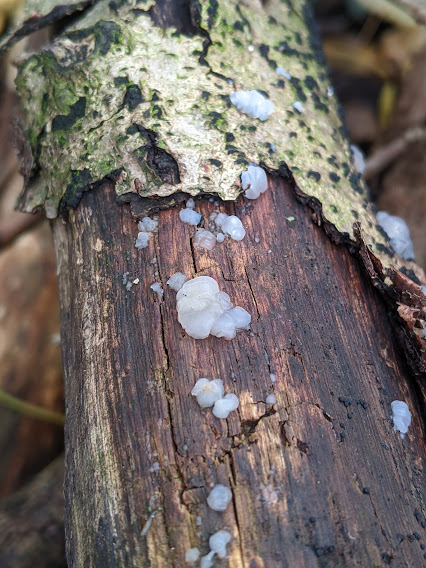
If you are passing by Brockington Wildlife Area over the next year, why not pop through the hedge and have 5 minutes in the wildflower meadow. You’ll be surprised how quickly the natural settings makes you think you’re a million miles away from the bustle of a busy university campus.

This article is in support of the United Nations Sustainable Development Goal 15: Life on Land. To read more click here.
Sustainably Speaking
Loughborough University Sustainability Blog